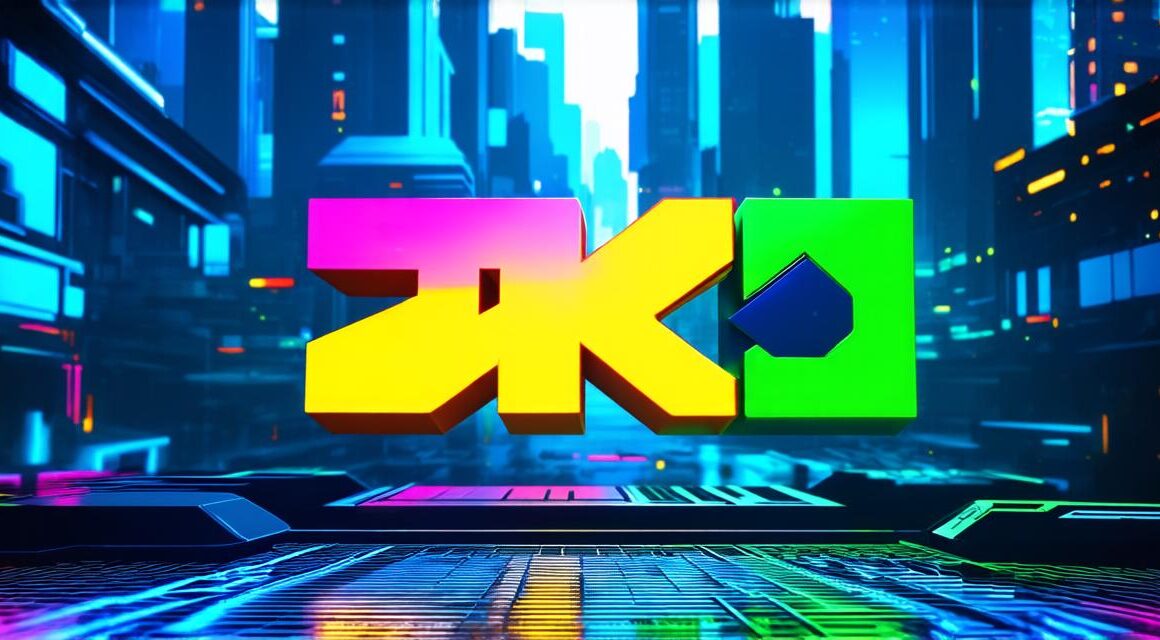As an Unity 3D developer, you know that creating a compelling and immersive game is no easy feat. But one of the most critical elements of any game is its movement mechanics. In this article, we will explore how to master 3D movement in Unity, and how it can unlock your game’s full potential.
First, let’s understand why 3D movement is so important in a game. It creates a sense of realism and immersion that draws players into the game world. Good movement mechanics allow players to feel like they are truly inhabiting the game environment, which can lead to increased engagement and retention.
But mastering 3D movement in Unity can be challenging. There are many different types of movement mechanics, including character controllers, physics-based movement, and animation-based movement. Each approach has its own strengths and weaknesses, and choosing the right one for your game depends on a variety of factors, such as the type of game you’re making, the level of realism you want to achieve, and the resources available to you.
One popular approach to 3D movement in Unity is character controllers. Character controllers allow you to easily create complex movement behaviors for characters, including walking, running, jumping, and more. They also provide a high degree of control over how characters move through the game world, allowing you to fine-tune things like speed, acceleration, and deceleration.
Another approach is physics-based movement. Physics-based movement simulates real-world physics in the game world, allowing objects to behave in a way that feels natural and realistic. This can be particularly useful for creating realistic vehicle or spacecraft movement, where precise control over gravity and momentum is essential.
Animation-based movement involves using animations to control character movement. Animations are essentially pre-recorded sequences of movements that can be played back at different speeds or in different combinations to create a range of motion. This approach can be particularly useful for creating expressive and dynamic character movements, such as combat or parkour.
So how do you choose the right approach to 3D movement in Unity? It really depends on your specific needs and goals. If you’re working on a game that requires a high degree of realism and immersion, then physics-based movement may be the best choice. On the other hand, if you’re looking for a more simplified and streamlined approach to character movement, then character controllers or animation-based movement may be more suitable.
Once you’ve chosen your approach to 3D movement in Unity, there are many resources available to help you master it. Unity itself provides detailed documentation on all of its movement features, as well as a wealth of community forums where experienced developers share tips and best practices. There are also numerous online tutorials and video courses that can walk you through the process step by step.
One key tip for mastering 3D movement in Unity is to start small and build from there. It’s easy to get overwhelmed by all of the different features and options available, so it’s important to focus on one or two key concepts at a time and practice them until you feel comfortable before moving on to more advanced topics.
Another important aspect of 3D movement in Unity is testing and iteration. It’s essential to test your game thoroughly throughout the development process, and to be willing to make changes based on feedback from playtesters. This can help you identify any issues or bugs early on, and ensure that your game’s movement mechanics feel smooth and intuitive to players.
In conclusion, mastering 3D movement in Unity is crucial for creating a compelling and immersive game experience. With the right approach, tools, and techniques, you can unlock your game’s full potential and create movement mechanics that feel natural and engaging to players.




